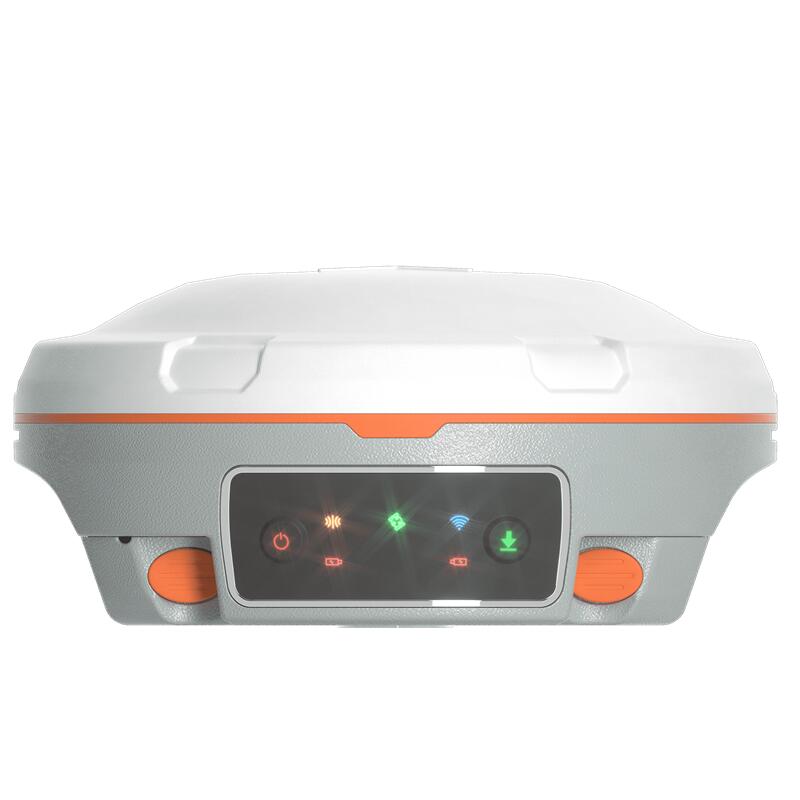Autonomous vehicles (AVs) represent the future of transportation, promising safer roads, reduced traffic congestion, and greater accessibility. GNSS receivers are at the heart of this revolutionary technology, which play a critical role in enabling the precise and reliable navigation required for autonomous vehicles to operate effectively. Global Navigation Satellite System (GNSS) receivers provide the accurate positioning data that AVs need to understand their location, navigate complex environments, and make real-time decisions. This article explores the importance of GNSS receivers in autonomous vehicle navigation and their impact on developing and deploying self-driving cars.
The Role of GNSS Receivers in Autonomous Vehicles
Autonomous vehicles rely on a combination of sensors, cameras, LiDAR, radar, and GNSS receivers to navigate and make decisions. Among these technologies, GNSS receivers are crucial for providing accurate and continuous positioning data. This data allows the vehicle to determine its location on a map, track its movement, and plan its route. Without GNSS receivers, autonomous vehicles would struggle to achieve the level of precision required for safe and efficient navigation.
Also, Check Smart Antenna A9.
Precision and Accuracy in Navigation
One of the key requirements for autonomous vehicle navigation is precision. GNSS receivers offer the high level of accuracy needed to ensure that AVs can follow lanes, avoid obstacles, and reach their destinations without deviation. In urban environments, where buildings and other structures can obstruct satellite signals, GNSS receivers are often used in conjunction with other technologies, such as inertial navigation systems (INS) and real-time kinematic (RTK) positioning, to enhance accuracy. These combined systems enable autonomous vehicles to maintain precise positioning even in challenging environments.
Integration with Other Technologies
While GNSS receivers provide critical positioning data, they are most effective when integrated with other sensors and systems. For example, GNSS data is often fused with information from LiDAR and cameras to create a detailed understanding of the vehicle’s surroundings. This integration allows the autonomous vehicle to make informed decisions, such as adjusting speed, changing lanes, or stopping at traffic signals. The synergy between GNSS receivers and other technologies is essential for the safe and reliable operation of self-driving cars.
Challenges in Urban Environments
Urban environments present unique challenges for GNSS receivers. Tall buildings, tunnels, and bridges can block or reflect satellite signals, leading to errors in positioning data. To overcome these challenges, advanced GNSS receivers use techniques such as multi-constellation support, which accesses multiple satellite systems (e.g., GPS, GLONASS, Galileo, and BeiDou) to improve signal availability and reliability. Additionally, autonomous vehicles may use map-based corrections and sensor fusion to compensate for GNSS signal degradation in urban areas.
Real-Time Navigation and Decision-Making
For autonomous vehicles, real-time navigation is essential. GNSS receivers provide the continuous stream of location data that AVs need to navigate dynamically. This real-time data allows the vehicle to make immediate decisions, such as adjusting its route in response to changing traffic conditions or avoiding obstacles. The speed and accuracy of GNSS receivers are critical for ensuring that these decisions are made quickly and safely, minimizing the risk of accidents.
Reliability and Redundancy
Reliability is a crucial factor in the deployment of autonomous vehicles. GNSS receivers must consistently provide accurate positioning data to ensure the vehicle’s safe operation. To achieve this reliability, AVs often use redundant systems, incorporating multiple GNSS receivers and combining their data with other positioning technologies. This redundancy ensures that the vehicle can maintain accurate navigation even if one system fails or encounters interference.
The Role of GNSS Receivers in Safety
Safety is the top priority in the development of autonomous vehicles, and GNSS receivers play a vital role in this aspect. Accurate positioning data is essential for collision avoidance, lane keeping, and safe navigation through intersections. GNSS receivers enable the vehicle to maintain a safe distance from other vehicles, pedestrians, and obstacles. Additionally, GNSS data is used to enforce geofencing, ensuring that AVs operate only within designated areas and avoid restricted zones.
Future Developments in GNSS Technology
As autonomous vehicles continue to evolve, so too will the GNSS receivers that support them. Future developments in GNSS technology are expected to focus on improving accuracy, reducing latency, and enhancing signal robustness. For example, advancements in satellite technology, such as the deployment of next-generation GNSS constellations, will provide more precise and reliable positioning data. Additionally, innovations in receiver design, such as multi-frequency and multi-antenna systems, will further enhance the performance of GNSS receivers in autonomous vehicle applications.
Conclusion
In conclusion, GNSS receivers are a cornerstone of autonomous vehicle navigation, providing the precise and reliable positioning data that is essential for safe and efficient operation. Their integration with other sensors and systems enables AVs to navigate complex environments, make real-time decisions, and ensure passenger safety. As the autonomous vehicle industry continues to grow, the importance of GNSS receivers will only increase, driving further innovations in positioning technology and contributing to the future of transportation.
